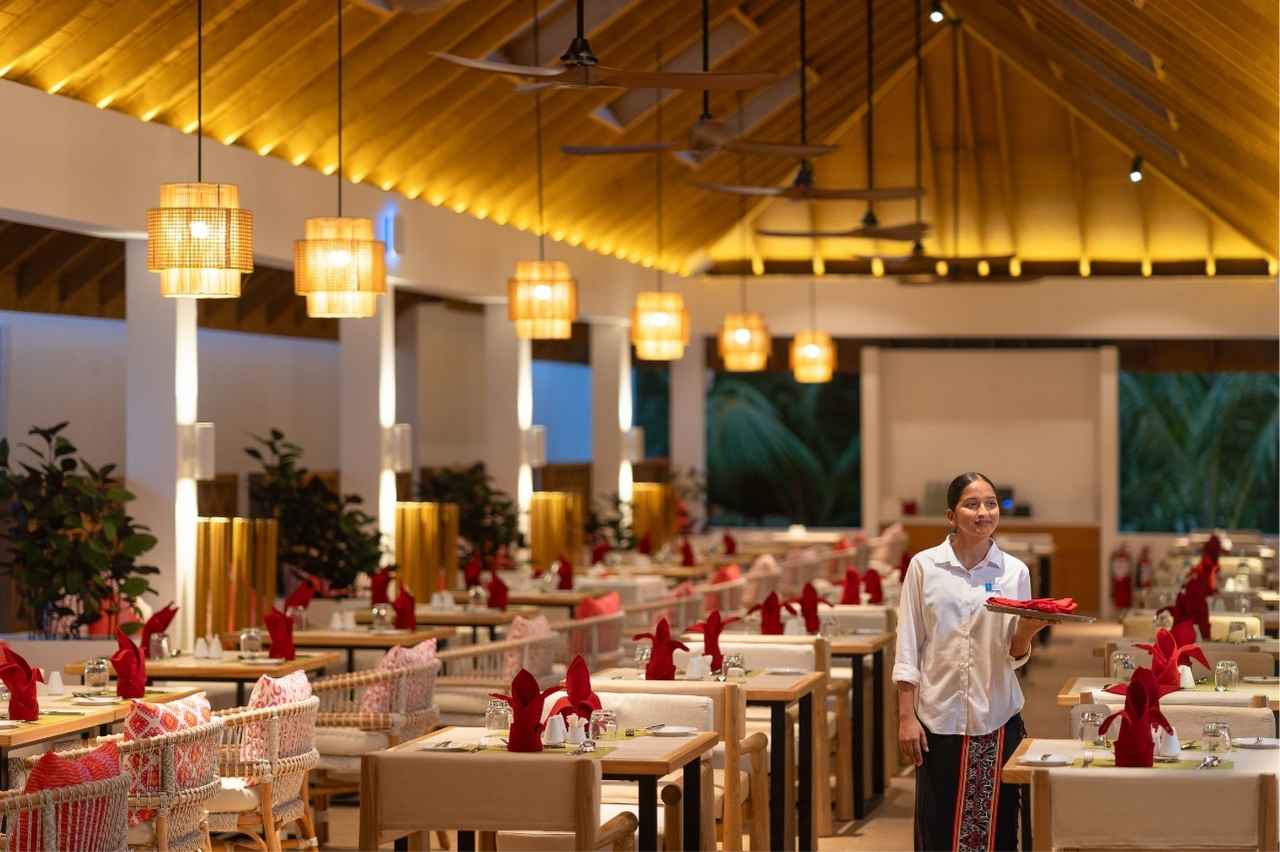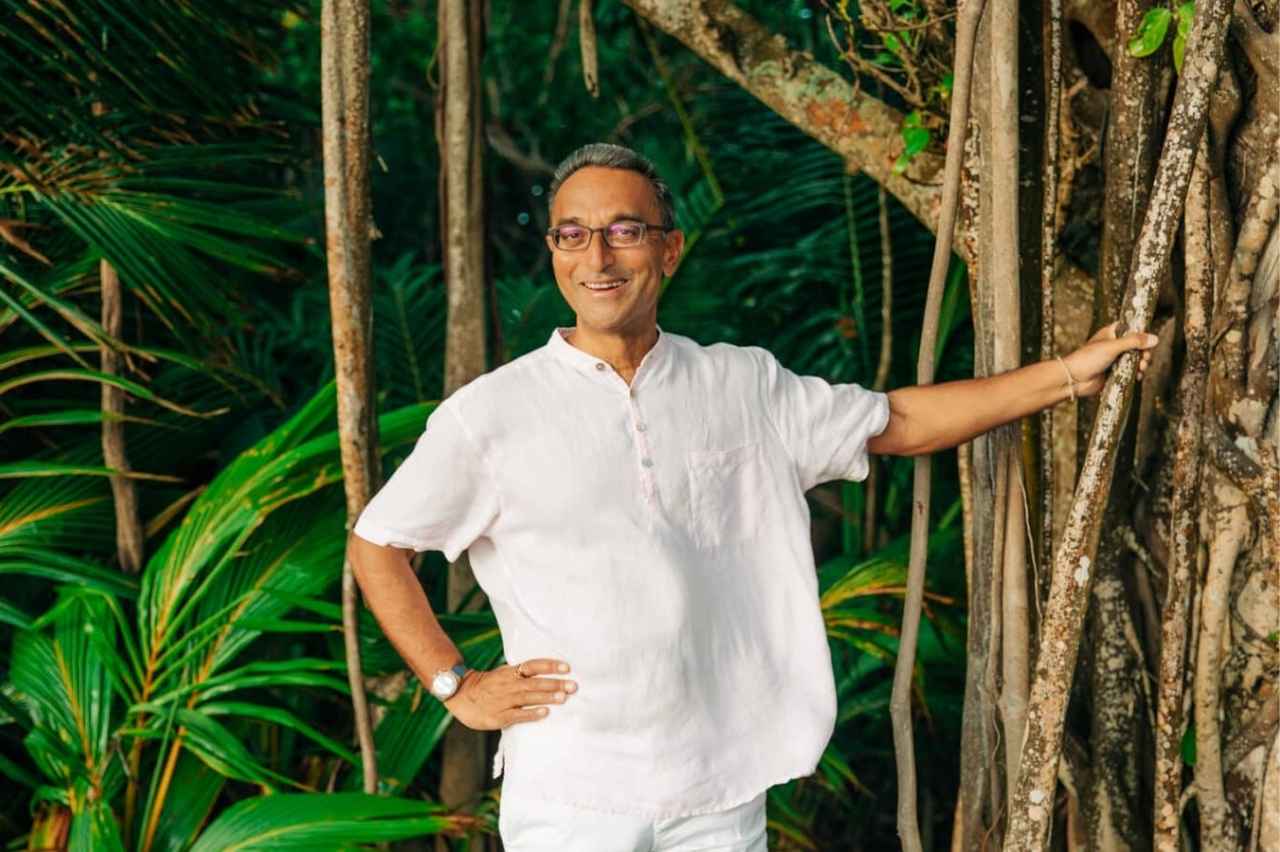Hideaway Beach Resort & Spa recently welcomed the renowned Czech tennis champion Petra Kvitová, known for her powerful left-handed play and two Wimbledon victories. Her visit brought a unique opportunity for guests to learn from one of tennis’ finest. Kvitová conducted exclusive tennis workshops, giving participants the chance to experience firsthand the skill and expertise that have defined her illustrious career.
With multiple Grand Slam titles and a long-standing presence in the WTA rankings, Kvitová is a tennis icon. During her stay, she shared valuable insights and techniques, creating unforgettable experiences for those eager to improve their game and learn from one of the best.
A Season of Tennis and Padel at Hideaway Beach Resort
Petra Kvitová’s visit was part of a broader sports season at Hideaway, which also featured professional padel player Hernán Flores. Flores launched the festivities with engaging padel workshops for both resort guests and staff. These dynamic sessions provided participants with the skills and strategies needed to enjoy the fast-growing sport.
Following Flores, Kvitová teamed up with fellow tennis star Elena Vesnina for a series of tennis classes. These back-to-back sessions catered to both adults and children, offering expert coaching and an opportunity to refine their techniques. Guests were able to deepen their love for tennis while gaining valuable training from two tennis pros.
Hideaway’s tennis courts, along with additional amenities like a Bali-inspired spa and an in-house yoga instructor, made the resort a top choice for those seeking both athletic challenge and relaxation. The combination of sports and wellness created an unforgettable experience for all who attended.
A Hub for Fitness and Leisure
Located in the stunning Haa Alifu Atoll, Hideaway Beach Resort & Spa is famous for its luxurious villas, exceptional service, and top-tier amenities. As one of the largest resorts in the Maldives, Hideaway offers a range of activities that keep guests active while they enjoy the island’s natural beauty.
In addition to tennis, the resort features a fully equipped gym, a 5-hole golf putting green, an indoor golf simulator, and options for badminton, table tennis, and padel. Guests can also explore the lush surroundings on bicycles or enjoy a scenic 1.4 km jogging track that loops around the island.
Hideaway Beach Resort & Spa continues to set the standard for combining luxury with recreation. Whether guests are enjoying world-class wellness treatments, playing a match on the pristine tennis courts, or staying active with various fitness options, Hideaway provides an exceptional experience.
Fitness expert Steve Cook, who recently visited, praised the resort’s offerings:
“How often do you get a chance to swim in crystal-clear waters, cycle along sand pathways, and run through lush tropical landscapes? Hideaway Beach Resort is not just a retreat—it’s a paradise for fitness and adventure enthusiasts looking to embrace challenges in one of the most beautiful settings in the world.”
Looking ahead to 2025, Hideaway is preparing even more exciting events and experiences for guests to enjoy during the holiday season. Stay tuned for updates, including Steve Cook’s Triathlon, which will showcase the resort’s commitment to fitness, adventure, and well-being.








